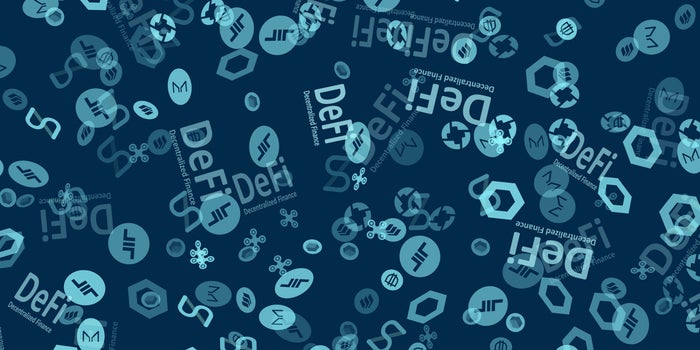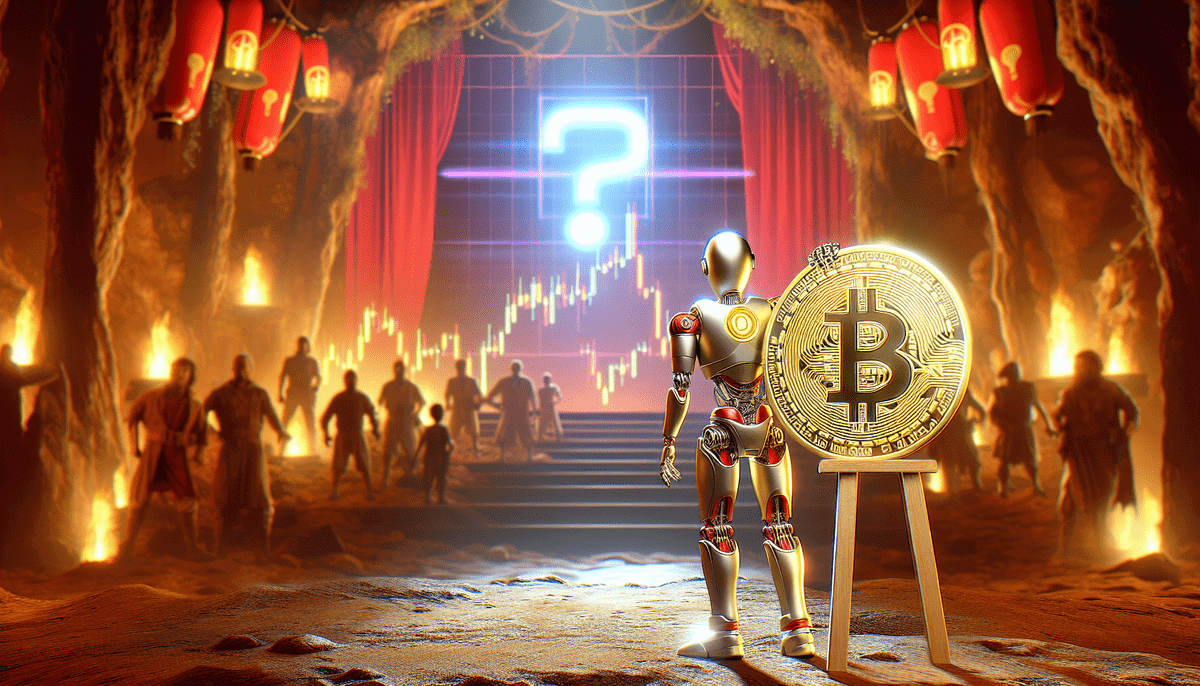Table of Contents
DeFi (decentralized finance) is currently one of the fastest-growing sectors in crypto. Cryptocurrencies get their value from the money invested in them, and every time you choose to exchange your US dollars, euro, or any other fiat currency into cryptocurrency, you are basically saying “these tokens have this monetary value for me.” It is essentially a vote of trust for cryptocurrency.
In a similar way, the value of DeFi protocols can be quantified based on how much cryptocurrency (ETH in most cases) has been locked into them. At the time of this writing, there are more than $11 billion locked into decentralized apps, and this number is only growing. That is one big vote of trust for DeFi!
But what does it mean when a cryptocurrency is “locked”? What are DeFi protocols? And more importantly, what’s in it for you? In this article, we’re going to get answers to all of these questions and learn about what tools you can use to get started, even if you don’t have any technical knowledge.

DeFi protocols are financial applications built on top of blockchain networks. But above all else, DeFi is the promise of a financial system that is transparent, permissionless, and operates without any central authority. Today, we allow banks to hold our funds because it’s easier to tell your bank to transfer your money to another bank as opposed to you physically going to someone else and handing them cash. Decentralized services are using cryptocurrency as digital money that can be transacted over the internet in a similar way as transferring money from your bank... but without the bank.
How Can You Replace a Bank?
Thanks to blockchain technology, we can now digitally store and transfer funds in a trustless way. The more technical explanation would be that smart contracts are replacing intermediaries; the intermediary in this case being the bank. Most DeFi applications use smart contracts at their core. If you are familiar with a contract as a legally binding document that specifies the relationship between two parties, well, a smart contract serves the same purpose but using computer code.
What makes smart contracts trustless? First of all, they are written in computer code that can be audited to find out whether the code will execute the contract terms as intended. While legal authorities can look over traditional legal contracts, there are auditors for smart contracts who study the code and provide their expertise. If the DeFi app that you are using has its smart contracts audited by a well-known team, then you can feel assured knowing that the smart contract will do its job.
Secondly, what makes smart contracts trustless is the immutability of the blockchain. Once a smart contract is audited, the team will launch the product by deploying that smart contract onto the blockchain. The code will work indefinitely as it was initially designed, with limited possibilities of changing what was already written. Smart contracts can be upgradable but there are many limitations preventing the core functionality from being altered.
Okay, so how does a smart contract replace a bank? Simple. You take the steps that a bank does when it transfers funds to another bank, or offers you a loan, and translate them into computer code. While banks still have people behind desks, when you are accessing your mobile bank application and key in the amount you wish to transfer, the actual transfer is automatically executed by a computer - the bank’s computer. With smart contracts, the blockchain is executing it with the same automation, without manual supervision, and at lesser cost to boot.
How to Interact with DeFi
The discussion around DeFi and smart contracts shouldn’t focus solely on fees. It also offers a faster, easier, and more private way of managing your funds.
While speed and privacy are benefits that blockchain technology is offering by default, joining the blockchain or using a DeFi app is not always easy. While I consider myself to be a fairly tech-savvy person, it was still challenging to set up and manage different wallets for different decentralized apps.
That’s when I begin looking for tools to help me manage my funds within DeFi, and I’ve found PlasmaPay to be very useful in this regard. Only after using their wallet did I understand that DeFi is easier to use than any bank and, surely, more profitable!
PlasmaPay is making the process of interacting with DeFi apps cheaper, easier, and faster. The first step you need to make, regardless of your DeFi preference, is to transform your fiat funds into cryptocurrency. For this, you need to find a service that collaborates with banks and handles cryptocurrency. There are no smart contracts in this transaction. Trust is still important. As such, finding a trustworthy service could be time-consuming and risky. Also, you are limited to the services that accept your preferred payment method. If you are used to online payments, you’ll most likely prefer to use your credit or debit card. After a quick search, you’ll find that most services aren’t accepting card payments as this involves extra risks on their part; a risk they don’t want to take.
PlasmaPay has everything covered, as it is a well-established company with years of experience. Through PlasmaPay you can use Visa and Mastercard for payments from over 165 countries. If you don’t believe me, you can believe the other 100,000 users who are using PlasmaPay today.
You can use your bank card to buy 16 different cryptocurrencies directly, including Bitcoin and Ethereum. PlasmaPay supports over 3,000 currencies and your funds will be stored in cryptocurrency, but food and stuff can’t be bought with that… yet. You still need your fiat currency. You can also use PlasmaPay to transform your tokens into fiat currency and get your money back in the bank at any time. But you might prefer spending your crypto funds directly. Plasma Card offers users with a card that allows them to spend their cryptocurrency worldwide. Instead of using your bank card, you’ll use your Plasma Card!
If you choose the Plasma Card (along with the many DeFi enthusiasts who want to go as far away from the banks as they can), most of your funds will be spread among DeFi tokens. How are you supposed to manage them without too much effort? Trust me, handling 15-25 different token assets can be a full-time job. And new DeFi apps are being launched almost every week!
But with PlasmaPay, you will have the “DeFi Dashboard”, a place where you can see your portfolio at any time and access features such as farming, staking, or borrowing directly from the dashboard itself.
Here’s what you’ll get with Plasma:
- Reduced costs
- Faster transactions
- Is easy to use as your current banking services (even easier!)
- Transact from fiat to cryptocurrency and vice versa
- Real-time cross-border payments
- Plasma Card payments
- Cryptocurrency exchange on-chain (using smart contracts)
- Built-in access to DeFi features
Now, with all these functionalities included in one single tool, I challenge anyone who puts “accessibility” in the “DeFi cons” column (one of the few cons of DeFi.) We already know what DeFi actually is and how smart contracts work, but the reality is that you don’t need any of these to get started with DeFi if you’re choosing PlasmaPay. Banks made it easy to purchase things online, and now PlasmaPay is making it even easier to not only purchase and transact over the internet but access borderless financial services!
Investment Disclaimer






